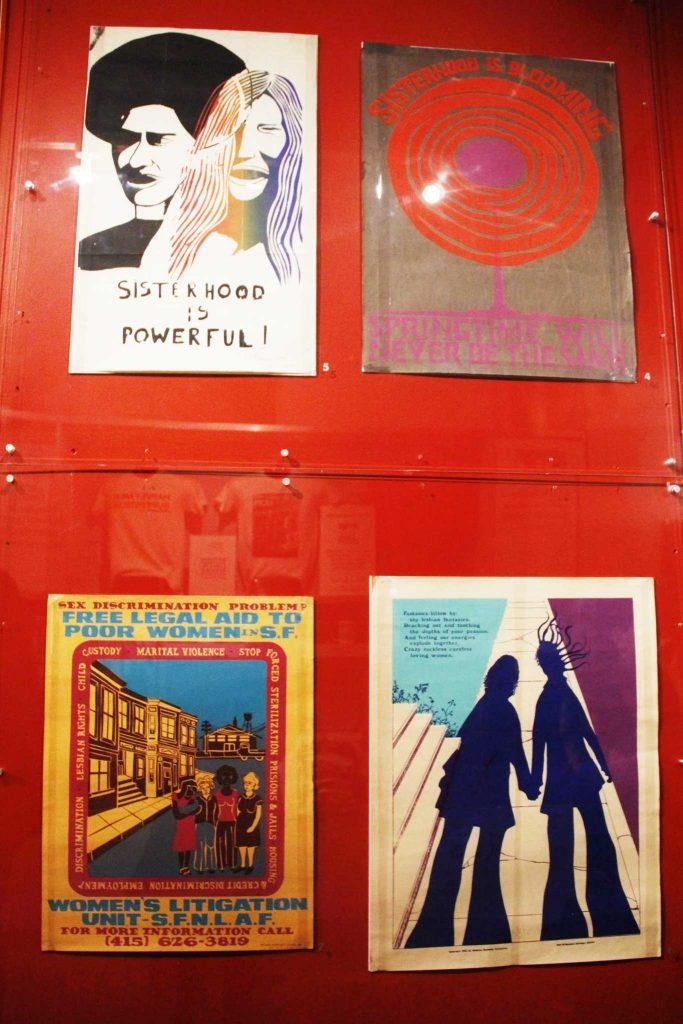“Sisterhood is Powerful!” read the brightly colored poster that greeted guests at the GLBT History Museum. A new exhibit titled “Feminists to Feministas: Women of Color in Prints and Posters” opened March 4 at the Castro-based museum, just in time for Women’s History Month. The gallery features 29 pieces of artwork that highlight the struggles of queer and trans women of color, from the 1970s to today.
Amy Sueyoshi, associate dean of the College of Ethnic Studies, helped curate the show with the help of archivist Lisbet Tellefsen.
“It’s super important for me to include women, trans folks and queers of color in the exhibit space,” said Sueyoshi, who is on the curatorial committee for the museum. “Lisbet was telling me that we have an amazing poster collection, so we decided to do a queer women of color poster exhibit.”
Tellefsen has dedicated her life to collecting works pertaining to a variety of social movements.
“For the past year I’ve been immersed in this collection,” Tellefsen said. “Initially, I wasn’t expecting to find much diversity, but as I scratched the surface, I kept finding gems.”

Sueyoshi said she believes it’s incredibly powerful to see queer and trans women of color represented since they are often considered an after-thought in the mainstream gay rights movement.
“I think that queer women of color tend to be underserved, and sort of not visible, shown or highlighted,” Sueyoshi said. “So it’s super important for me to be able to underscore not just their presence but their activism – their insistence on social change, economic justice and racial equality.”
The exhibit features pieces ranging from satirical works of popular ad campaigns to portraits of renowned black and brown queer feminists, including Audre Lorde.
“There is power in being able to see your history laid out in front of you,” Tellefsen said.
Darius Bost, associate professor of sexuality studies at SF State, also attended the gallery opening. Bost, who teaches courses focused on the struggles of queer and trans people of color, said he thought that there was a lot for his students to draw from in the new exhibit.
“I think it both represents a very near history regarding queer of color activism and history, and it speaks to a diversity of organizing that I think a lot of students don’t hear about that helped made their identities possible,” Bost said.
Tellefsen said he hopes the biggest takeaway young queer and trans women of color get from the exhibit is the knowledge that they aren’t alone.
“Every generation gets strength from the generation before them,” Tellefsen said. “I think it’s really important just to see ourselves contextually, as part of a continuum of struggle, and to see that we made some funky posters!”







